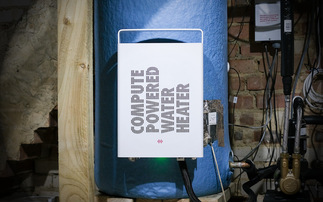Demand side response and energy storage technologies can unlock power in our energy system
COP21 is focused on how to generate more and cleaner energy to power a low carbon world. But what if we also set about dramatically changing how we use the energy already available to us? Our creaking...
To continue reading this article...
Join BusinessGreen
In just a few clicks you can start your free BusinessGreen Lite membership for 12 months, providing you access to:
- Three complimentary articles per month covering the latest real-time news, analysis, and opinion from Europe’s leading source of information on the Green economy and business
- Receive important and breaking news stories via our daily news alert
- Our weekly newsletter with the best of the week’s green business news and analysis







